- the article discusses how Visibility Buffer can be combined with Variable Rate Shading (VRS) Techniques
- shows how careful selection of sample positions can archive convergence towards the reference non-VRS image
- presents the performance of VRS usage for forward, deferred, and visibility approaches. Comparing different pixel densities
- additionally discusses techniques how the sparse g-buffers might be integrated into other rendering passes

- the article explains how to express SDFs in Unity and Unreal
- shows the basic steps for a circle SDF
- extends this to show how to animate, combine and blend shapes

- the preprint from Ray Tracing Gems 2 covers two techniques for caustics
- One focuses on the caustics around metallic and transparent surfaces
- the second is for caustics cast by water surfaces
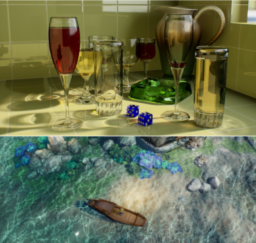
- the article presents the idea of compensating for shortcomings of an upsample technique in the downsampling step
- shows the development of an improved downsample filter to compensate for bilinear upsampling
- discusses how this is related to the typical sharpening of mipmaps done as part of game art pipelines
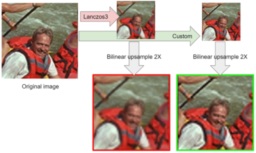
Threedy is a young Fraunhofer spin-off with a considerable number of high-profile customers in the german automotive sector.
We develop the Visual-Computing-as-a-Service platform instant3Dhub to enable our customers to leverage the true value of their 3D data in industrial applications – any data, any device, any size.
instant3Dhub has a strong focus on CAD data visualization, from browser-based to mixed reality applications and delivers out-of-the-box collaboration and augmented reality features.
We are looking for graphics programming enthusiasts to support our core development team for the 3D streaming with a focus on the evolution of our web frontend build on WebGL.
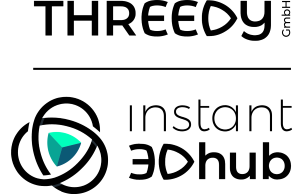
- the NVIDIA RTX Memory Utility is an open-source (MIT License) SDK designed for reducing the complexity of memory management for Raytracing on Vulkan and D3D12
- shows how to use the utility to integrate acceleration structure memory reduction techniques
- additionally presents how much memory can be saved on different scenes (very scene dependent)
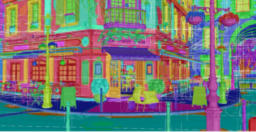
- the video discusses the rendering pipeline
- presents the geometry and pixel processing pipeline
- shows how mali hardware implements the API pipeline for more efficient execution
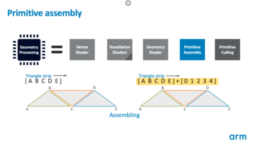
- explains how the rendering pipeline translates into GPU hardware
- comparing immediate-mode vs. tile-based GPUs
- presents the pros and cons of both models and why mobile GPUs are tile-based
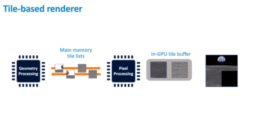
- the video discusses the hardware essentials
- presents how CPUs are designed
- followed by how the design for GPUs is adjusted to take advantage of the graphics workloads
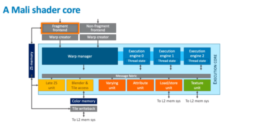
- the article discusses tile-based and immediate-mode rendering GPUs in detail
- exploiting how they work
- discussing strengths/weaknesses
- additionally covers how these influence the efficiency of rendering algorithms such as shadow map rendering
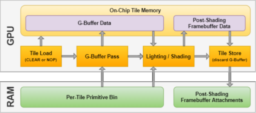
- whitepaper that discusses how to use printf in Vulkan shaders
- presents how to use shader printf from HLSL, GLSL, and SPIR-V shaders
- additionally covers RenderDoc and validation layer integration
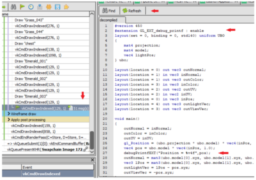
- a collection of Signed-distance field primitives (Cylinder, cubes, …) expressed in WebGPU Shading Language (WGSL)
- additionally contains Boolean operations, displacement, positioning, and rotations for SDFs

- the video provides an overview explanation of Global Illumination
- presents an overview of the fundamental concepts
- covers several techniques that have been used to approximate it
- discussing advantages and disadvantages of the techniques
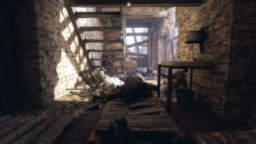
- the article goes into detail on how to implement physically correct and affordable ray traced soft shadows for individual polygonal or linear lights
- presents an overview of the concept of ray queries (rays that can be inline at each shader stage)
- shows in-depth the steps required for area lights, including importance sampling, diffuse, specular, and texture integration
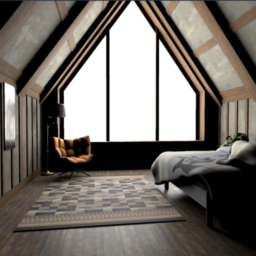
Thanks to Erika for support of this series.
Would you like to see your name here too? Become a Patreon of this series.